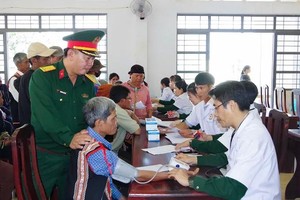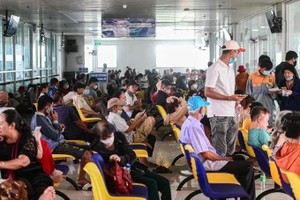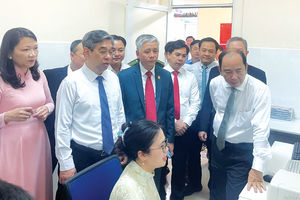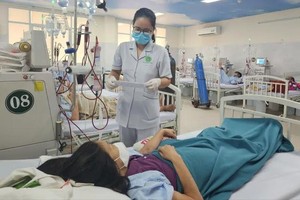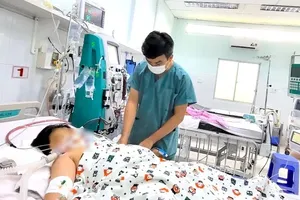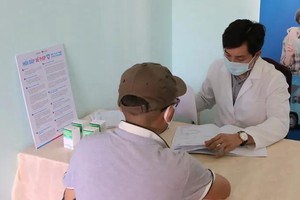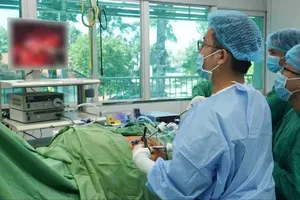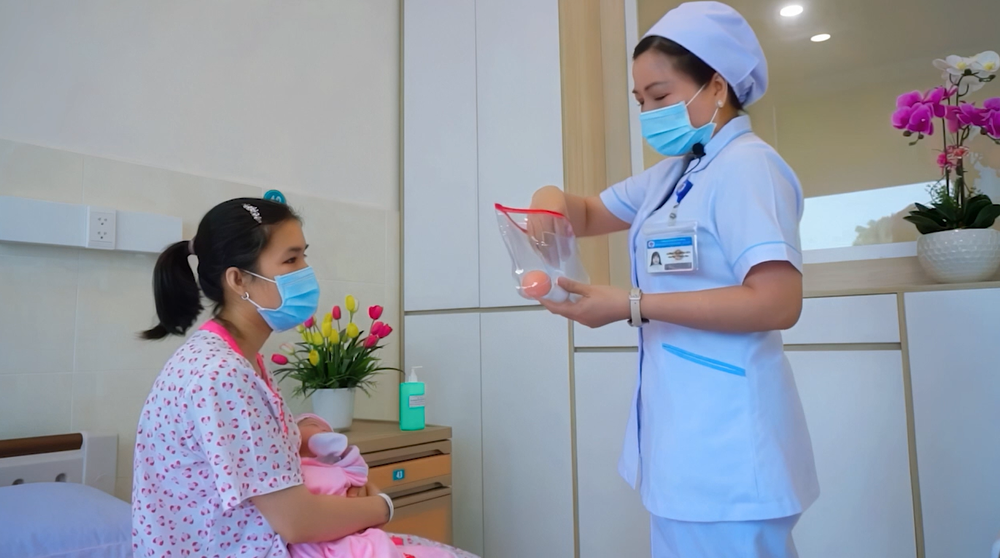
Level-II Specialist Vo Duc Hieu, Deputy Director of HCMC Oncology Hospital, reports that the hospital has 784 nurses for its 1,300 beds but still requires 32 more to meet official staffing levels.
“As a final-tier hospital for the Southern region, we have made great efforts in recruitment, so our overall shortage isn't severe”, Deputy Director Hieu shared. “However, finding candidates with deep, specialized expertise is a major challenge. Most new graduates from the city’s medical universities prefer centrally located hospitals for the convenience of travel.”
Level-I Specialist Le Anh Tuan from People’s Hospital 115 echoed these concerns. His hospital, with 800 nurses to serve 1,600 beds, is facing a shortage of approximately 20 nurses despite continuous recruitment efforts.
He pointed to the difficult career progression path as a key factor. Under Ministry of Health regulations, nurses with associate’s degrees must upgrade to a bachelor’s degree to be ranked as public employees. “Our hospital has supported all our nurses in making this transition and even helps cover advanced training costs to retain our staff," he said.
The problem is underscored by stark economic realities. According to Deputy Head Lu Mong Thuy Linh of the Medical Professional Division under the HCMC Department of Health, the city’s ratio of 37.15 nurses per 10,000 people ranks it 100th globally.
The financial incentive is weak, with 7 percent of new nurses earning less than VND5 million (US$196) per month, while 65 percent start at VND6-10 million ($235-$392). Meanwhile, tuition at the city’s six nursing universities averages VND42-87 million ($1,650-$3,410) per year. “A student’s monthly tuition of VND5-10 million is equivalent to a new nurse’s entire starting salary”, she noted, adding that some graduates leave to work in other provinces.
Tran Thi Chau – PhD in Nursing, Vice President of the Vietnam Nurses Association cum President of the HCMC Nurses Association, highlighted the demographic pressure. “Vietnam, and HCMC in particular, has one of the fastest-aging populations in Asia, which will create an immense demand for nursing care”, she warned. “The nursing shortage is an urgent issue that requires concrete solutions, especially tuition support for students and funding to upskill the existing workforce to Level-I or even Level-II stage.”
In response, hospitals are innovating. They continue to create conditions for the nursing team to develop comprehensively by promoting continuous training programs, improving a safe and friendly working environment, and implementing mental health support activities.
Assoc Prof Le Dinh Thanh – PhD, Director of Thong Nhat Hospital, said his institution runs a six-month training program to grant practice certificates to new graduates for further clinical training. The hospital also selects the best performers for employment. He also advocates for creating new “nursing assistant” and “dental assistant” roles to support nurses and for providing financial aid to students so that they feel at ease with their duty.
Dang Le Nhu Nguyet, MD PhD, from the Children’s Hospital of HCMC described their unique recruitment model. They hire new graduates before they have their practice certificates as “nursing assistants”, providing two months of free, specialized pediatric training.
Upon graduation and after a successful probation, new hires receive an initial bonus of VND10 million ($392) and are paid on a “3P” salary model, based on Position, Personal competency, and Performance. The hospital is the city’s first public medical facility to adopt this model to attract scarce nursing talent.
The scale of the challenge is daunting. The HCMC Department of Health estimates the city needs to add approximately 17,000 nurses over the next five years. The World Health Organization (WHO) recommends a ratio of 3-4 nurses per doctor; in Japan, it is 9-10. In Vietnam, the ratio is less than 2 nurses per doctor. The WHO has issued a stark warning. Without a significant increase in investment for nursing training, Vietnam’s health sector could face a shortage of 40,000 to 50,000 nurses by 2030.
